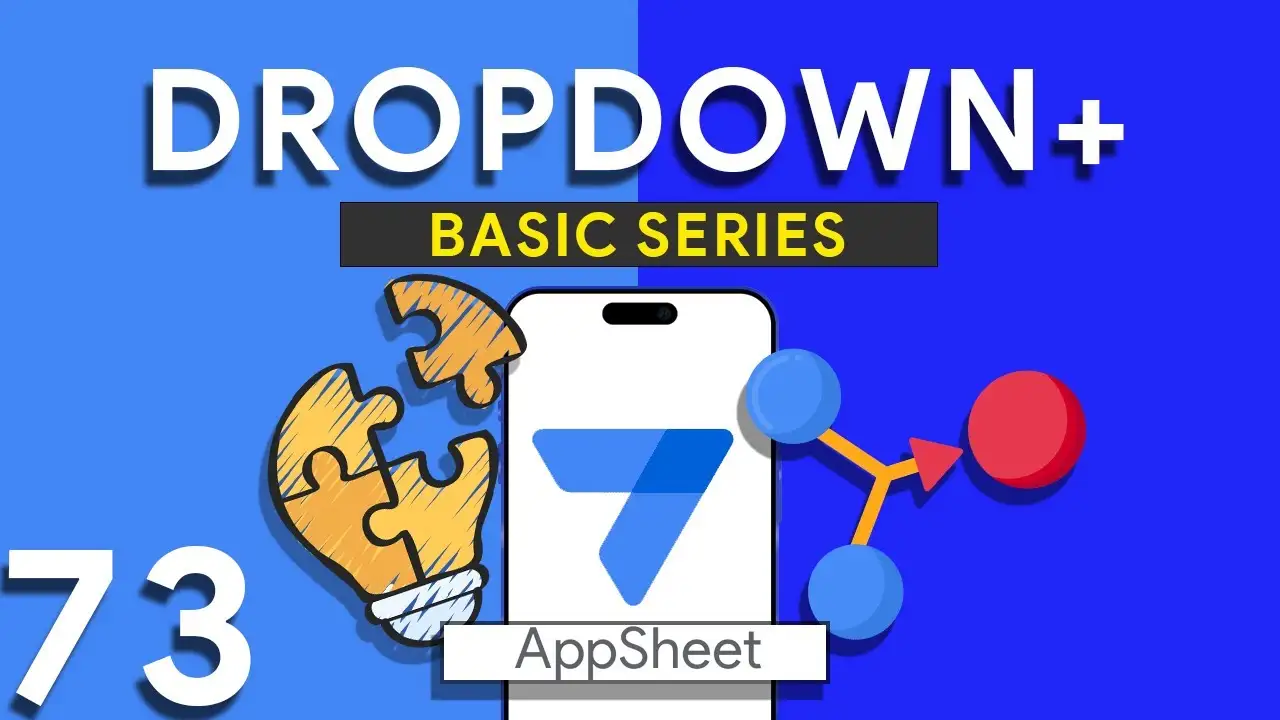Dropdown from two tables in Appsheet
How to Create a Combined Dropdown List in AppSheet Dropdown lists are crucial for improving data entry accuracy and user experience in app development. Combining data from different tables into a single dropdown list can be particularly useful for apps that require a unified view of related data points. Here’s how to achieve this in AppSheet: Understanding the Basics Before diving into the technical steps, it's important to understand that AppSheet allows for dynamic data population in dropdown menus through references and expressions. Combining data from two tables involves leveraging these capabilities to create a
QR Code Setup for PDF in Appsheet
QR codes have become ubiquitous in bridging the gap between physical and digital spaces, offering a quick way to access digital content by scanning a simple code. Incorporating QR codes into PDFs within AppSheet applications can significantly boost your business operations, whether it's for accessing detailed product information, linking to online resources, or streamlining document workflows. This guide will walk you through the basics of QR codes, their business applications, and how to set up QR code generation for PDFs in your AppSheet app. 1. Generating QR Codes To incorporate QR codes into your
Simulating SUM IF in Appsheet
AppSheet's powerful data manipulation capabilities allow for sophisticated data analysis and reporting, akin to the functionalities found in traditional spreadsheet tools. Among these capabilities, simulating the SUMIF function stands out as a particularly useful technique for summing data conditionally. This guide will delve into the essentials of using SUM and SELECT functions to replicate SUMIF in AppSheet, accompanied by step-by-step instructions and practical examples. Before tackling the SUMIF simulation, it's crucial to grasp the basics of the SUM and SELECT functions within AppSheet: SUM Function: Used to calculate the total of numerical values within
Basic of CountIF in Appsheet
In the realm of data analysis and management within AppSheet, the COUNTIF function emerges as a critical tool for performing conditional counts. This functionality allows users to count the number of items in a column that meet specific criteria, enabling deeper insights and more dynamic data interaction within apps. This guide will walk you through the COUNTIF function in AppSheet, from the basics to practical implementation tips. The COUNTIF function is not directly named or utilized in AppSheet as it is in traditional spreadsheet environments. However, the ability to perform equivalent operations is achieved
Understanding Stack Column Chart in Appsheet
Stacked column charts serve as a powerful tool in data visualization, allowing users to compare the composition of categories across different variables. By stacking data vertically, these charts provide clear insights into the total amount across categories while detailing the contribution of each part. This tutorial will guide you through the process of creating stacked column charts in AppSheet, ensuring your data not only informs but also engages your audience. A stacked column chart is essentially a vertical bar chart with each bar divided into multiple segments representing different data series. This type of
Mastering Aggregate Pie Charts in Appsheet
Pie charts are a staple in the realm of data visualization, offering a simple yet powerful way to represent parts of a whole. When it comes to aggregate data – that is, data that has been grouped or summarized from multiple records – pie charts can provide clear and immediate insights into your data's composition. This guide introduces you to the basics of pie chart composition in AppSheet, ensuring your data is presented clearly and effectively. At its core, a pie chart is a circular statistical graphic divided into slices to illustrate numerical proportion.







